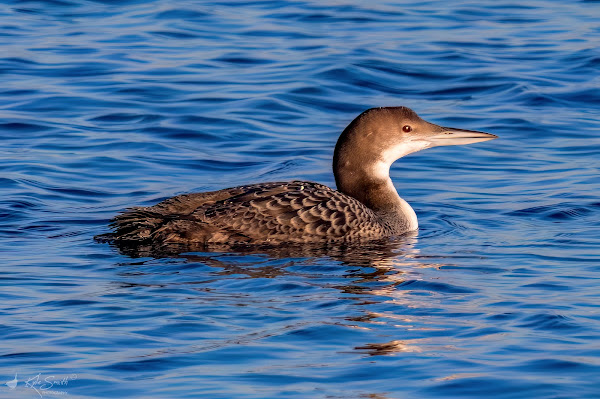I was sitting watching BBC Winterwatch when I got a message from one of my work colleagues - he said his wife had asked if I had seen any waxwings this year - on the programme they had been discussing that this was a 'Waxwing Winter'.
When large numbers of waxwings migrate to Britain, sometimes in flocks of hundreds, from their summer breeding grounds in Scandinavia and Russia, the birds are often easily spotted in carparks around our towns and cities where ornamental rowan trees bear their favoured berries. It isn’t every year that we see these birds in large enough and widespread numbers to constitute what is known as a ‘Waxwing Winter’ but this year has been one of those years.
The large arrivals of Waxwings seen in mid-winter are thought to belong to the Fennoscandian breeding population. Their breeding season is relatively late with egg laying beginning in May. Their predominant diet in summer is insects, switching to fruit and seeds in the winter and it is this reliance on fleshy fruits that drives them to range away from their breeding grounds.
I'd previously visited Brandon Marsh on reports of up to twelve waxwings at the entrance, but they had departed before I arrived. I had also visited Long Itchington but with limited time hadn't connected with the birds. So, with a couple of days off to attend a friends birthday celebrations I found myself with a few hours where I could make a better go of it - they are worth making the effort for.
I awoke at my usual time for work and jumped into my clothes and left without breakfast and made my way past the office and to Long Itchington. I parked up and found that I was the only birder there - reports have dropped off as the locals have all seen the birds - in flocks of three to fifteen. I started my search up and down the main road, and down to the canal where I'd heard of reports before - nothing. There had also been reports of the bird down past a layby and near some pools and so I extended my search area but found only winter thrushes.
I searched for an hour and a half, deciding to try again closer to where I'd parked the car - on the way back up the slope I found c.14 waxwings hanging out in a large tree on the opposite side of the road feeding on some berries in the base, occasionally flying off and returning - always leaving a few individuals behind. Lovely to see.
Success and great views of these special birds - ideally, I'd have waited for better light as the day and sun got into full swing but I was on the clock. I decided that I was close to Draycote Water and so on the way home dropped in to see the black-throated and great-northern divers (both at extreme distance) and bonus goosanders. I couldn't spot the common scoter that had been reported but I had seen rafts of these off Stevenston Point a couple of weeks ago and so while it would be nice to see an inland bird, it wasn't critical.
As I watched one male goosander it dived, returning to the surface with a perch. It began to shuffle the fish round so that it could eat it headfirst, avoiding issues with the spiny and sharp dorsal fin; located in the middle of the back, it is divided into two sections; the front section is spiny and the rear section is soft rayed. Bizarrely, great-crested grebes were also new for the year.
Having returned from our party and overnight stay at late lunchtime, Charlotte said she was going to watch tennis from the Australian Open and so I slipped out to connect with the scaup and great-northern diver at Farmoor Reservoir. The sun would be dropping when I was there, but these birds usually give good opportunities for photographs. There was also the possibility for knot that had been reported over recent days.
I made my way across the causeway between F1 and F2, stopping to chat with a birder coming the other way - he confirmed that the scaup was in its favoured place and that the great-northern diver was out in the middle of F2 and travelling great distances on each diver and so could end up anywhere. I reached the scaup and it gave immense views, as always. No sign of a knot but a year tick for a common sandpiper - I do have a photo but rather frustratingly I took the photo with a very odd aperture setting - must have spun a dial inadvertently.
I set about scanning for the great-northern diver and located it back down the causeway, but some way off. I made my way down to find it had travelled towards the western end and back round the corner to where I had been standing. I returned and managed to get several photos, some in the shade and others in the low sun. Such a lovely bird.
I saw the common sandpiper again, but it was very flighty, and I couldn't get an angle to take a front or side on photo so didn't bother - I already had a record shot. A short but productive visit and in the end both birds showing well.












No comments:
Post a Comment